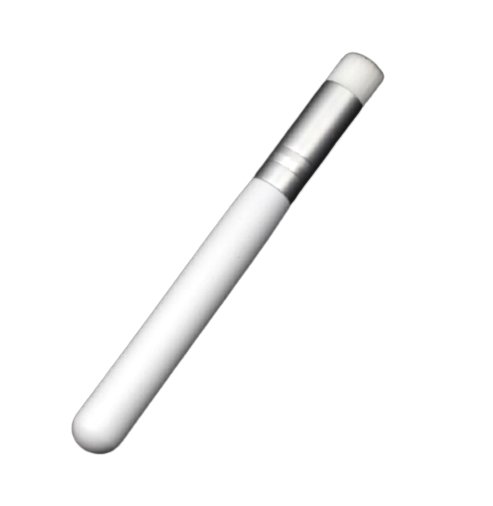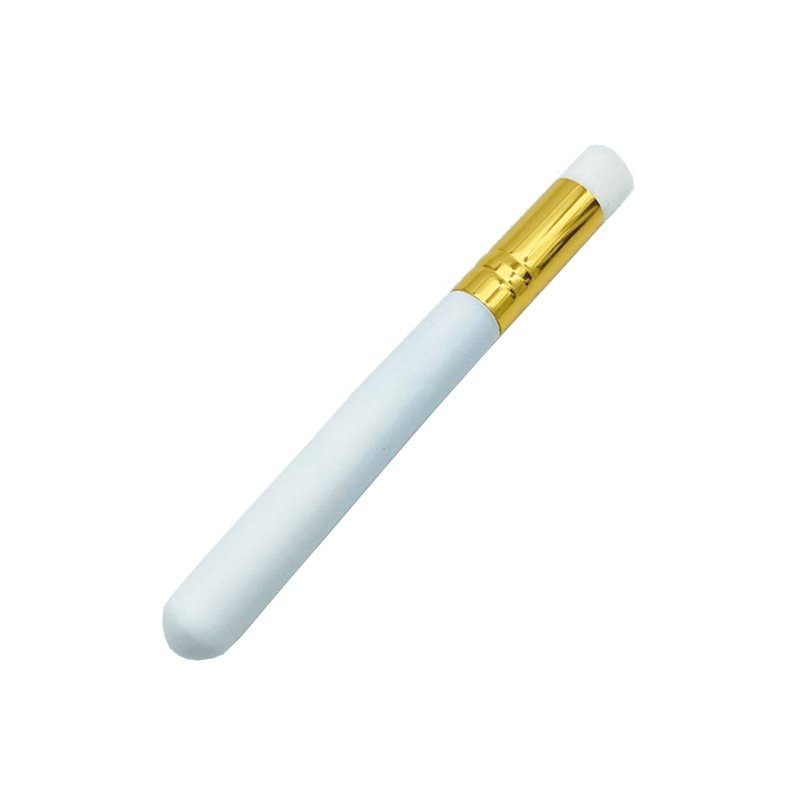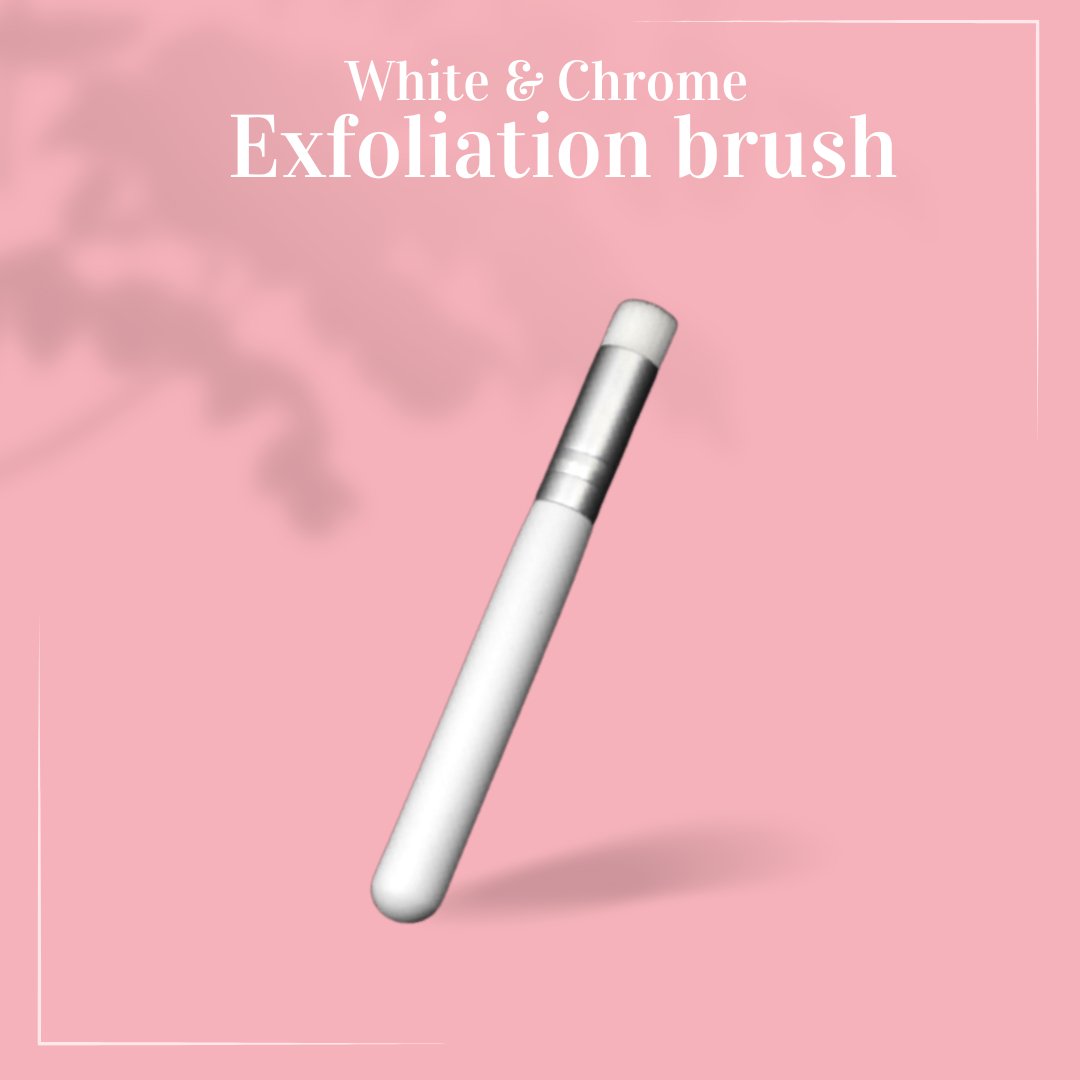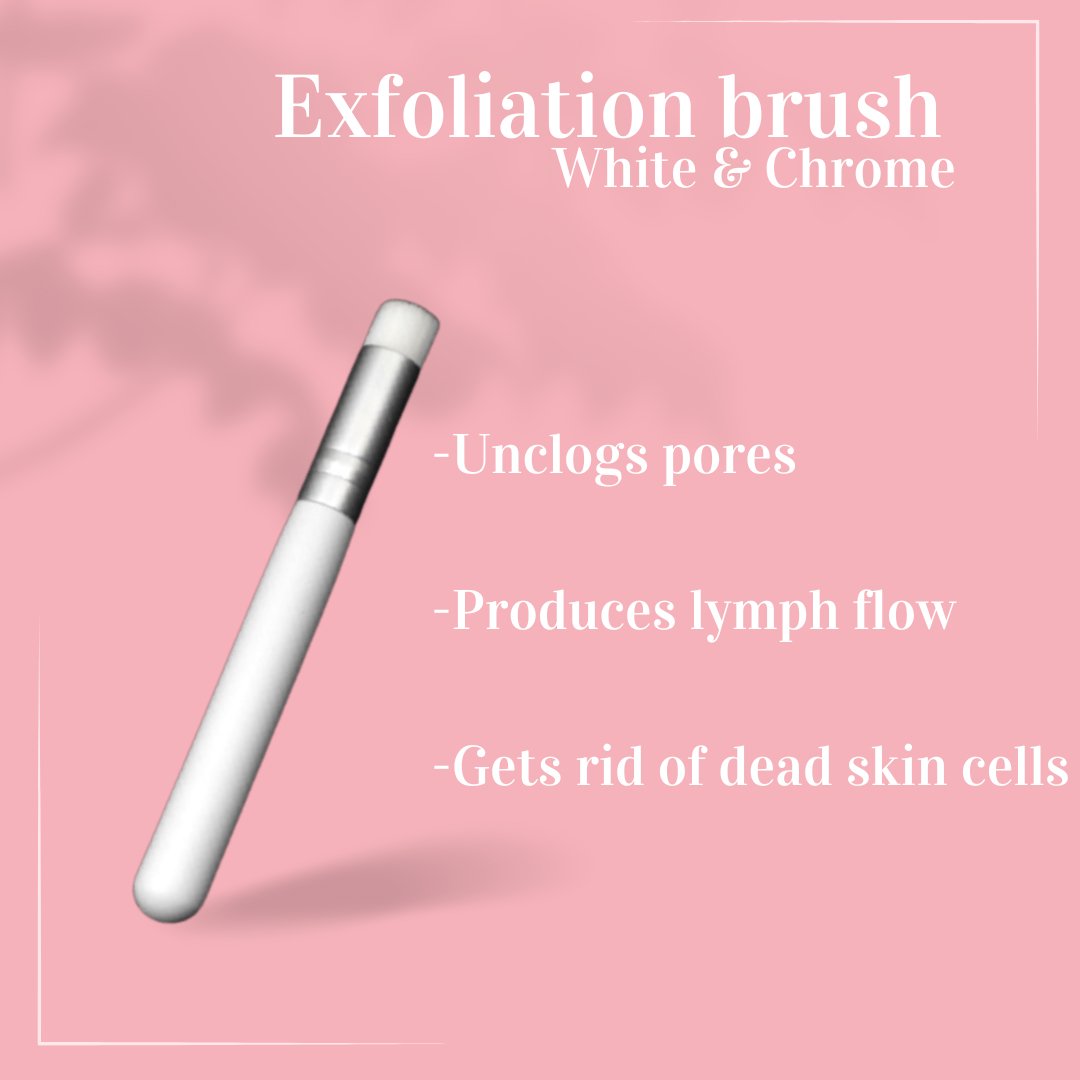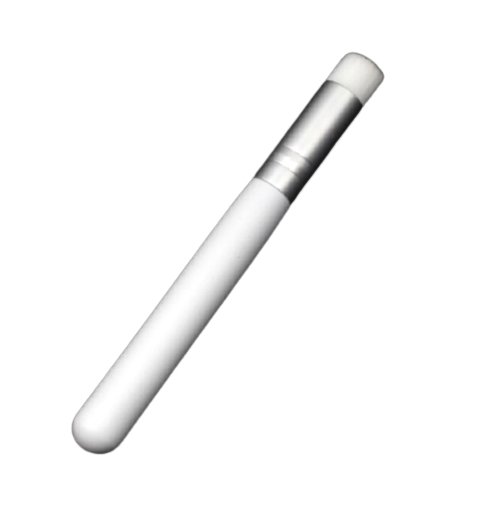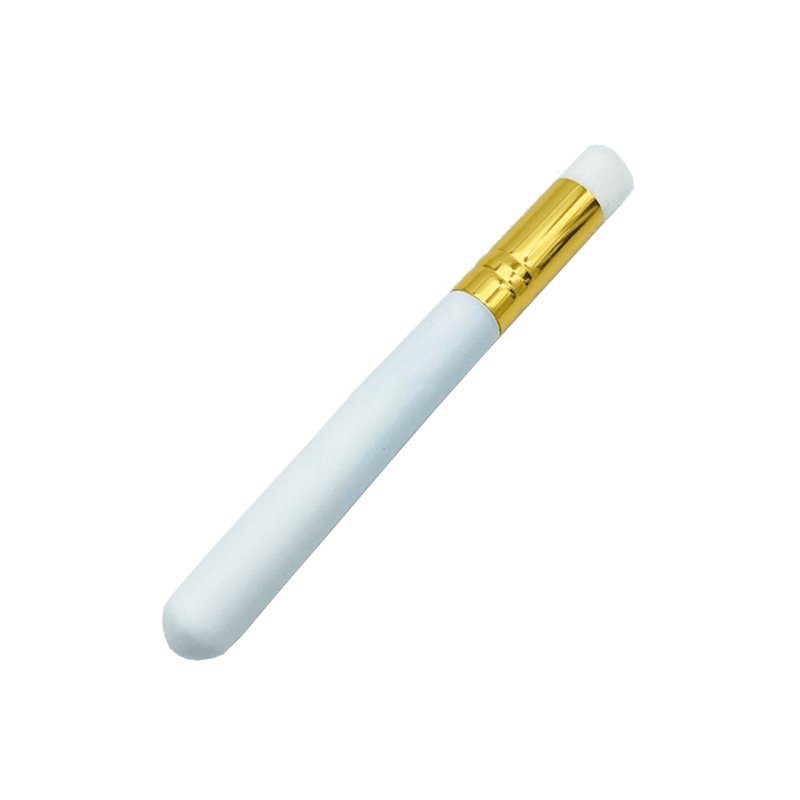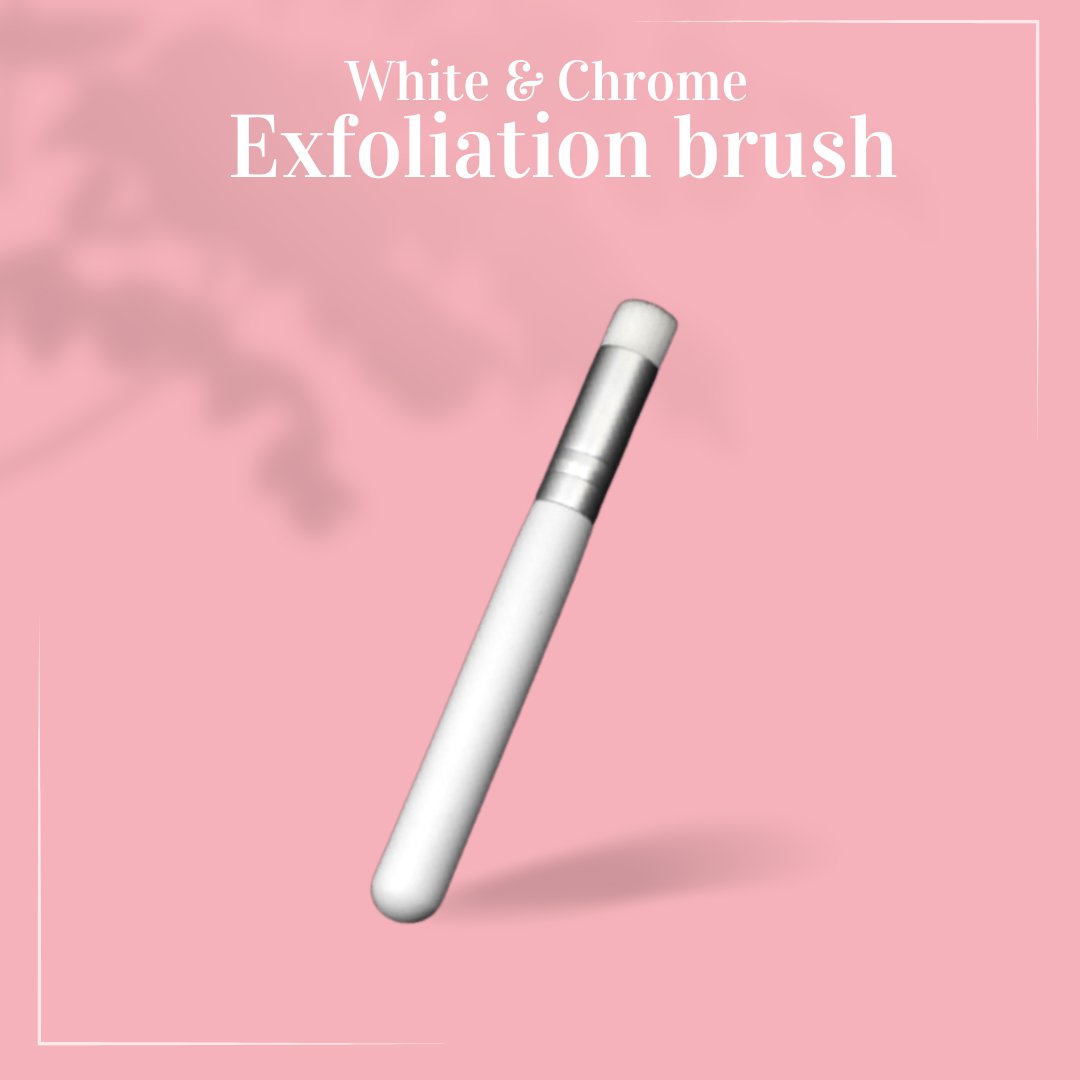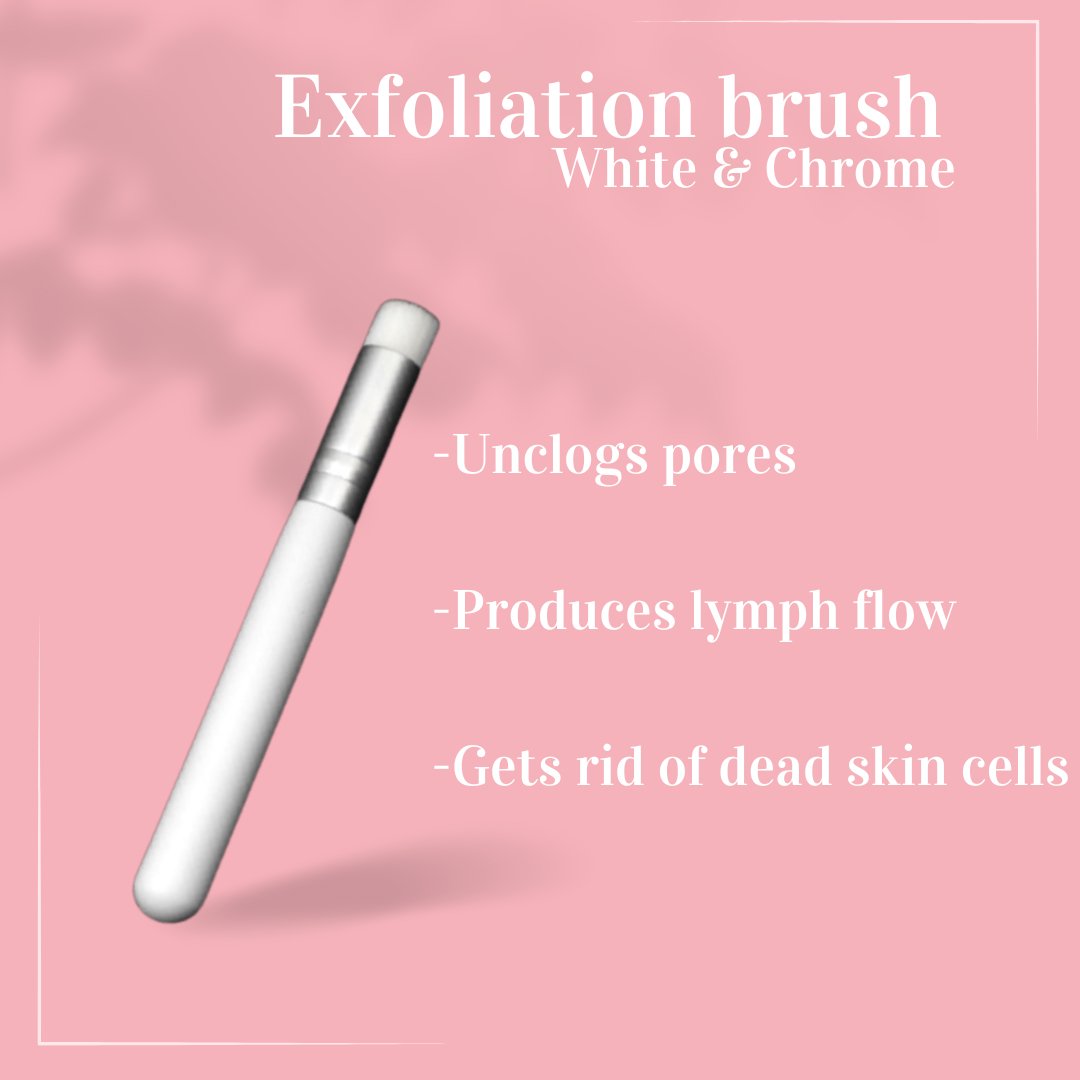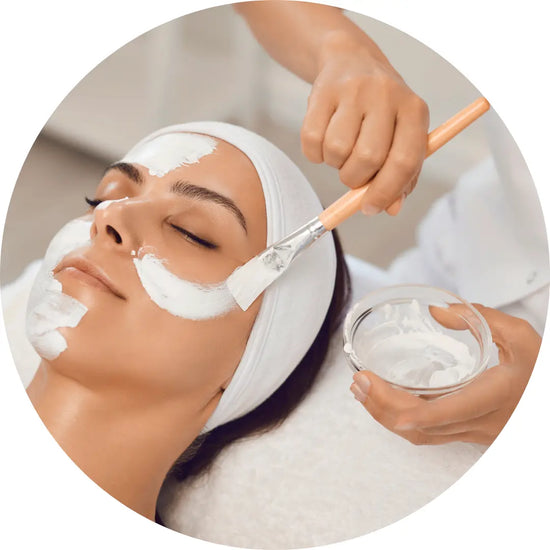What Is a Face Scrub Brush, and How Does It Benefit My Skin?
Our face scrub brush is a skincare tool designed to enhance the effectiveness of facial cleansing and exfoliation. It features a handle with a brush head made of bristles or silicone, which is used to scrub and massage the skin. Face scrub brushes have become popular in skincare routines due to their ability to provide a deeper cleanse and improve skin texture. Here’s a detailed explanation of what our face scrub brush is and how it benefits your skin:
What Is a Face Scrub Brush?
Definition: Our face scrub brush is a handheld device designed to exfoliate the skin, remove impurities, and enhance the cleansing process.
How Does a Face Scrub Brush Benefit My Skin?
Deep Cleansing: One of the primary benefits of using our face scrub brush is its ability to provide a deeper cleanse compared to using hands alone. The brush’s bristles or silicone tips can reach into the pores, helping to dislodge dirt, oil, makeup, and other impurities that can lead to clogged pores and breakouts. This deeper cleansing helps keep the skin clean and refreshed.
Exfoliation: Our face scrub brush provides gentle physical exfoliation by removing dead skin cells from the surface of the skin. Regular exfoliation helps to prevent the buildup of dead skin cells, which can lead to a dull complexion, rough texture, and clogged pores. By using a face scrub brush, you can achieve smoother, brighter skin with an improved texture.
Improved Circulation: The massaging action of our face scrub brush helps stimulate blood flow to the surface of the skin. Improved circulation brings more oxygen and nutrients to the skin cells, promoting a healthy, glowing complexion. The increased blood flow also aids in detoxification and can help reduce puffiness.
Enhanced Absorption of Skincare Products: By removing dead skin cells and impurities, face scrub brushes help prepare the skin for better absorption of skincare products. After using a face scrub brush, your skin is more receptive to serums, moisturisers, and other treatments, allowing these products to penetrate more deeply and work more effectively.
Reduction of Blackheads and Acne: Regular use of our face scrub brush can help reduce the occurrence of blackheads and acne by keeping pores clean and preventing them from becoming clogged. The brush’s exfoliating action helps remove excess oil and debris that can lead to breakouts, making it a valuable tool for those with oily or acne-prone skin.
Smoothing Fine Lines and Wrinkles: By promoting cell turnover and improving circulation, face scrub brushes can help reduce the appearance of fine lines and wrinkles. The gentle exfoliation encourages the growth of new, healthy skin cells, contributing to a more youthful and radiant appearance.
Additional Benefits of Using a Face Scrub Brush
Consistent Pressure: Our face scrub brush, provides consistent pressure and motion, ensuring that all areas of the face receive equal treatment. This consistency can lead to more effective cleansing and exfoliation, reducing the chances of missing spots.
Gentle on Skin: When used correctly, face scrub brushes can be gentle on the skin. Soft bristles or silicone tips are designed to provide effective exfoliation without causing irritation or micro-tears. This makes them suitable for regular use, even for those with sensitive skin.
Relaxation and Stress Relief: The massaging action of a face scrub brush can provide a soothing and relaxing sensation, turning a simple skincare step into a pampering experience. This can help reduce stress and promote a sense of well-being.
How to Use a Face Scrub Brush for Best Results
Start with a Clean Face: Before using our face scrub brush, remove any makeup and wash your face with a gentle cleanser. This helps remove surface dirt and oil, allowing the brush to work more effectively.
Apply Cleanser to the Brush: Apply a small amount of your favorite facial cleanser to the brush head. Alternatively, you can apply the cleanser directly to your damp face.
Use Gentle, Circular Motions: Move the brush in gentle, circular motions across your face. Start at the forehead and work your way down to the cheeks, nose, chin, and jawline. Spend about 15-20 seconds on each area.
Avoid Over-Exfoliating: Use light pressure when using the brush to avoid over-exfoliating. Pressing too hard can irritate the skin and cause redness or micro-tears. Let the brush do the work with its gentle motions.
Rinse and Clean the Brush: After use, rinse your face with warm water to remove any cleanser and debris. Rinse the brush head thoroughly under warm water to remove any residue. If the brush is detachable, remove the brush head and clean it separately with mild soap. Let it air dry completely before storing it.
Moisturise: After exfoliating, follow up with a hydrating serum and moisturiser to replenish the skin's moisture and protect the skin barrier.
Frequency of Use
Sensitive Skin: For those with sensitive skin, using our face scrub brush 1-2 times per week is sufficient. Overuse can lead to irritation, so it’s important to monitor your skin’s response and adjust frequency as needed.
Normal to Oily Skin: Individuals with normal to oily skin can use our face scrub brush 2-3 times per week. This helps manage excess oil and keeps the skin clean without over-exfoliating.
Dry Skin: Those with dry skin should use the brush less frequently, about once a week, to avoid over-drying. Make sure to use a gentle brush head and a hydrating cleanser.
How Do I Clean And Maintain My Face Mask Brush?
Proper cleaning and maintenance of our face mask brush are essential for ensuring its hygiene, effectiveness, and longevity. Regularly cleaning your face mask brush helps prevent the buildup of bacteria, mold, and residue, which can cause skin irritation or breakouts. Here’s a step-by-step guide on how to clean and maintain your face mask brush effectively:
Rinse Immediately After Use
Rinse with Warm Water: After applying your face mask, immediately rinse the brush under warm running water. This helps remove any remaining mask residue from the bristles or silicone. Hold the brush head downwards to allow the water to rinse away the mask and prevent water from getting into the handle.
Avoid Soaking the Handle: While rinsing, avoid submerging the handle of the brush in water. Excessive moisture can weaken the adhesive holding the bristles or cause the handle to deteriorate over time, especially if it’s made of wood or another porous material.
Use a Gentle Cleanser
Apply Mild Soap or Cleanser: Apply a small amount of gentle soap, brush cleanser, or mild facial cleanser directly onto the brush bristles or silicone head. If you prefer, you can use a specially formulated brush cleaner that’s designed to remove product buildup without damaging the brush.
Lather and Clean: Using your fingers, gently work the cleanser into the bristles or silicone head to create a lather. If you have a silicone brush, massage the head with your fingers to loosen any remaining mask particles. For bristle brushes, work the soap through the bristles to ensure all product residue is removed.
Rinse Thoroughly
Rinse with Warm Water: Rinse the brush thoroughly under warm running water until all soap and mask residue are completely washed out. Make sure the water runs clear, indicating that no product remains on the brush.
Check for Residue: Inspect the brush to ensure all product has been removed. If any residue remains, repeat the cleaning process. It’s important to clean the brush thoroughly to prevent buildup and bacterial growth.
Disinfect Regularly
Use Rubbing Alcohol: To disinfect your face mask brush, dip the bristles or silicone head in a small bowl of rubbing alcohol (70% isopropyl alcohol) for a few seconds. Alternatively, you can use a cotton pad soaked in rubbing alcohol to wipe down the brush head. This helps kill any bacteria that may be present.
Frequency: Disinfect your face mask brush once a week or after each use if you have sensitive or acne-prone skin. Regular disinfection helps maintain the hygiene of the brush and prevents the transfer of bacteria to your skin.
Drying the Brush
Remove Excess Water: After rinsing and disinfecting, gently squeeze the bristles or silicone head to remove excess water. Be careful not to pull or tug on the bristles, as this can damage them.
Air Dry: Lay the brush flat on a clean towel to air dry. If possible, place the brush with the head hanging over the edge of a counter to allow air circulation around the bristles. This helps the brush dry more quickly and prevents moisture from accumulating at the base of the bristles.
Avoid Direct Heat: Do not use a hairdryer or place the brush in direct sunlight to speed up the drying process. Excessive heat can damage the bristles or silicone and weaken the adhesive holding the bristles in place.
Storing Your Face Mask Brush
Keep It Clean and Dry: Store your face mask brush in a clean, dry place. Avoid storing it in damp or humid environments, such as a bathroom with poor ventilation, as this can promote mold and bacterial growth.
Use a Protective Cover: If your brush comes with a protective cover or case, use it to keep the brush head clean and free from dust and contaminants. A protective cover also helps maintain the shape of the bristles and prevents damage.
Store Upright: If possible, store the brush upright in a brush holder or container. This helps prevent the bristles from becoming misshapen and allows any remaining moisture to evaporate, reducing the risk of bacteria growth.
Replacing Your Face Mask Brush
Signs of Wear: Over time, the bristles of a face mask brush may become frayed, stiff, or discolored, indicating that it’s time to replace the brush. If the brush head begins to shed or lose its shape, it may not apply masks as effectively, and a replacement is recommended.
Frequency of Replacement: Generally, our face mask brushes should be replaced every 6-12 months, depending on usage and how well they are maintained. Regular cleaning and proper care can extend the life of the brush, but replacing it ensures optimal performance and hygiene.
Additional Tips for Maintaining Your Face Mask Brush
Clean After Each Use: Make it a habit to clean your face mask brush immediately after each use. This prevents the mask from drying and hardening on the brush, which can be difficult to remove and may damage the bristles or silicone head.
Avoid Sharing: To maintain hygiene and prevent the spread of bacteria, avoid sharing your face mask brush with others. Each person should have their own brush to use.
Gentle Cleaning Products: Use mild cleaning products to avoid damaging the bristles or silicone head. Harsh detergents or abrasive cleaners can weaken the materials and shorten the lifespan of the brush.

